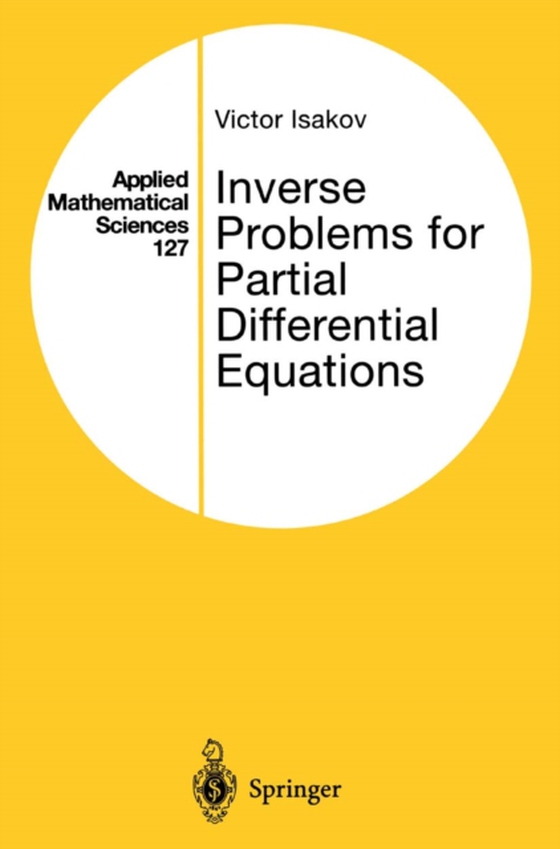
Inverse Problems for Partial Differential Equations e-bog
692,63 DKK
(inkl. moms 865,79 DKK)
This book describes the contemporary state of the theory and some numerical aspects of inverse problems in partial differential equations. The topic is of sub- stantial and growing interest for many scientists and engineers, and accordingly to graduate students in these areas. Mathematically, these problems are relatively new and quite challenging due to the lack of conventional stability and t...
E-bog
692,63 DKK
Forlag
Springer
Udgivet
29 juni 2013
Genrer
PBK
Sprog
English
Format
pdf
Beskyttelse
LCP
ISBN
9781489900302
This book describes the contemporary state of the theory and some numerical aspects of inverse problems in partial differential equations. The topic is of sub- stantial and growing interest for many scientists and engineers, and accordingly to graduate students in these areas. Mathematically, these problems are relatively new and quite challenging due to the lack of conventional stability and to nonlinearity and nonconvexity. Applications include recovery of inclusions from anomalies of their gravitational fields; reconstruction of the interior of the human body from exterior electrical, ultrasonic, and magnetic measurements, recovery of interior structural parameters of detail of machines and of the underground from similar data (non-destructive evaluation); and locating flying or navigated objects from their acoustic or electromagnetic fields. Currently, there are hundreds of publica- tions containing new and interesting results. A purpose of the book is to collect and present many of them in a readable and informative form. Rigorous proofs are presented whenever they are relatively short and can be demonstrated by quite general mathematical techniques. Also, we prefer to present results that from our point of view contain fresh and promising ideas. In some cases there is no com- plete mathematical theory, so we give only available results. We do not assume that a reader possesses an enormous mathematical technique. In fact, a moderate knowledge of partial differential equations, of the Fourier transform, and of basic functional analysis will suffice.
 Dansk
Dansk

